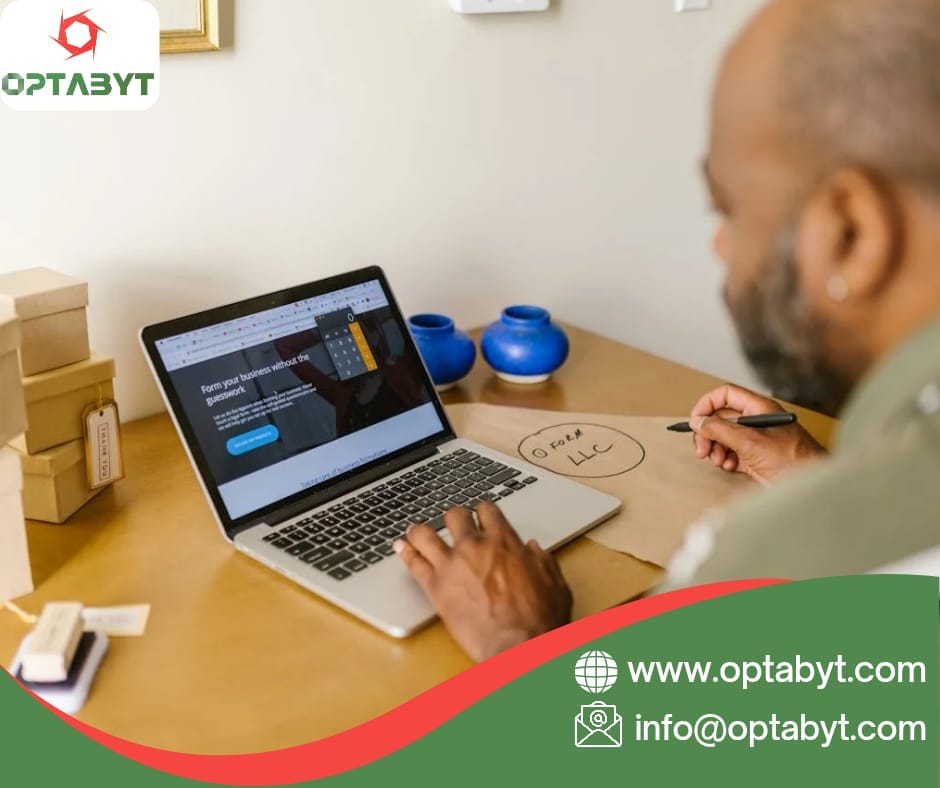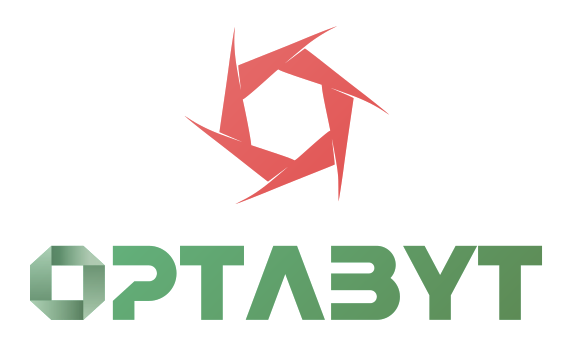
Table of Contents
ToggleWeb Development Trends 2025 Norway: What Businesses Should Prepare For
Table of Contents
Introduction
As we move into 2025, the web development landscape is evolving rapidly. New technologies, user expectations, and design philosophies are reshaping how websites are built and maintained. For Norwegian businesses aiming to stay competitive, understanding the web development trends 2025 Norway is critical.
From artificial intelligence to immersive UX, this article explores the emerging trends that will dominate web development in Norway and how businesses can adapt to stay ahead.
1. AI-Powered Web Experiences
Artificial Intelligence (AI) is becoming an integral part of web development. In 2025, Norwegian websites will increasingly use AI for:
Personalization: Tailoring content based on user behavior and location (e.g., Oslo vs. Tromsø users)
AI Chatbots: Improving customer service and lead generation
Search Enhancement: Natural language processing for better site search functions
AI-Generated Content: Assisting with scalable blog and product descriptions
For Norwegian e-commerce, SaaS, and media sites, AI will drastically improve efficiency and engagement.
2. Progressive Web Apps (PWAs)
PWAs are set to become mainstream in Norway. These lightweight, app-like websites offer:
Offline capabilities
Push notifications
Fast loading and better performance
With high smartphone penetration in Norway, PWAs provide a seamless experience for mobile-first users—ideal for online retailers and service providers.
3. Headless CMS Adoption
A headless CMS decouples the front end from the back end, offering developers more flexibility in delivering content across platforms (web, mobile, smart TVs, etc.).
In Norway, industries like media, education, and tourism are adopting headless CMS solutions to enable faster, more scalable web experiences.
Popular options include:
Strapi
Sanity.io
Contentful
4. Voice Search Optimization
With more Norwegians using smart speakers and voice assistants, websites in 2025 will need to be optimized for voice queries.
Best practices include:
Natural language in content
Featured snippet targeting
Fast-loading pages
Local SEO optimization (e.g., “beste restaurant i Bergen”)
5. Accessibility as a Priority
Web accessibility is no longer optional. In 2025, Norwegian websites must comply with universal design principles and WCAG 2.2 guidelines.
Focus areas include:
Screen reader compatibility
Keyboard navigation
Alt text for images
High contrast modes
Language toggle (Bokmål/Nynorsk/English)
Digital inclusion is a legal and moral obligation, especially for public services and educational institutions.
6. Dark Mode and Personalized Themes
As users expect more control over their visual experience, dark mode and theme switching will become standard features.
Benefits:
Reduced eye strain
Improved mobile battery life
Modern aesthetic
These features align well with UX trends in Scandinavian design.
7. Serverless Architecture and Edge Computing
Norwegian developers are increasingly moving toward serverless computing and edge deployment. Benefits include:
Lower infrastructure costs
Greater scalability
Improved performance with data centers closer to users
Cloud platforms like AWS Lambda, Netlify, and Vercel are leading this trend.
8. Sustainable Web Design
Sustainability is a growing concern in Norway. Web developers are contributing by:
Reducing page weight
Optimizing code efficiency
Limiting unnecessary animations
Using green hosting providers
These choices align with Norway’s broader environmental goals.
9. Low-Code/No-Code Platforms
By 2025, more Norwegian SMEs and startups will embrace low-code and no-code tools like Webflow, Bubble, and Wix Studio.
Use cases:
MVP development
Landing pages
Internal dashboards
While not replacing custom development, these tools enable faster launches with smaller budgets.
10. 5G-Powered Experiences
With widespread 5G coverage in Norway, developers will create more bandwidth-heavy experiences:
Augmented reality (AR) interfaces
HD video integrations
Real-time collaboration tools
Cloud gaming platforms
Industries like real estate, e-learning, and entertainment will benefit the most.
11. Cybersecurity in Focus
With rising cyber threats, websites in 2025 must incorporate stronger security protocols:
Multi-factor authentication (MFA)
HTTPS and TLS certificates
Secure API integration
Regular vulnerability testing
Compliance with GDPR and national regulations remains essential.
12. Motion UI and Interactive Elements
Animations, micro-interactions, and scroll-based effects will dominate web interfaces.
Examples:
Interactive timelines
Hover effects for CTAs
Scroll-triggered content reveals
This trend enhances engagement without compromising performance—if used responsibly.
13. Data Privacy and Consent Management
Norwegian users are highly privacy-conscious. Web development must include:
GDPR-compliant cookie banners
Consent management platforms (CMPs)
Data minimization in form fields
Trust is a key differentiator in Norway’s digital market.
14. E-learning and Remote Work Tools
The demand for e-learning platforms and remote work portals will continue to grow. Web development trends include:
Real-time collaboration tools
LMS integration
Responsive course delivery
Video conferencing APIs
Startups and universities alike will need modern, scalable solutions.
15. API-First Development
Modern websites are powered by robust APIs. In 2025, Norwegian businesses will continue investing in:
Secure API architectures
Headless commerce platforms
Third-party integrations (ERP, CRM, payment gateways)
Developer-first documentation and support
API-first design ensures modularity and faster updates.
How Norwegian Businesses Can Adapt
Audit Your Current Website
Identify outdated architecture or features.Implement Mobile-First Design
Prioritize smartphone users in UX and speed.Upgrade to Headless or Hybrid CMS
Improve flexibility and scalability.Invest in API and Security Development
Protect data and integrate modern services.Focus on Core Web Vitals
Optimize for performance and user satisfaction.
Conclusion
The web development landscape in Norway is entering a transformative phase. From AI and PWAs to sustainable design and cybersecurity, 2025 will be shaped by technology that’s faster, smarter, and more user-centric.
Understanding and implementing the latest web development trends 2025 Norway will help businesses remain relevant and competitive in an increasingly digital world.
Now is the time to assess your digital strategy and align with the future. Whether you’re a startup or an established brand, embracing these trends will unlock new growth, resilience, and customer satisfaction.
Let’s build the web—better, faster, and more secure—for the Norway of tomorrow.
